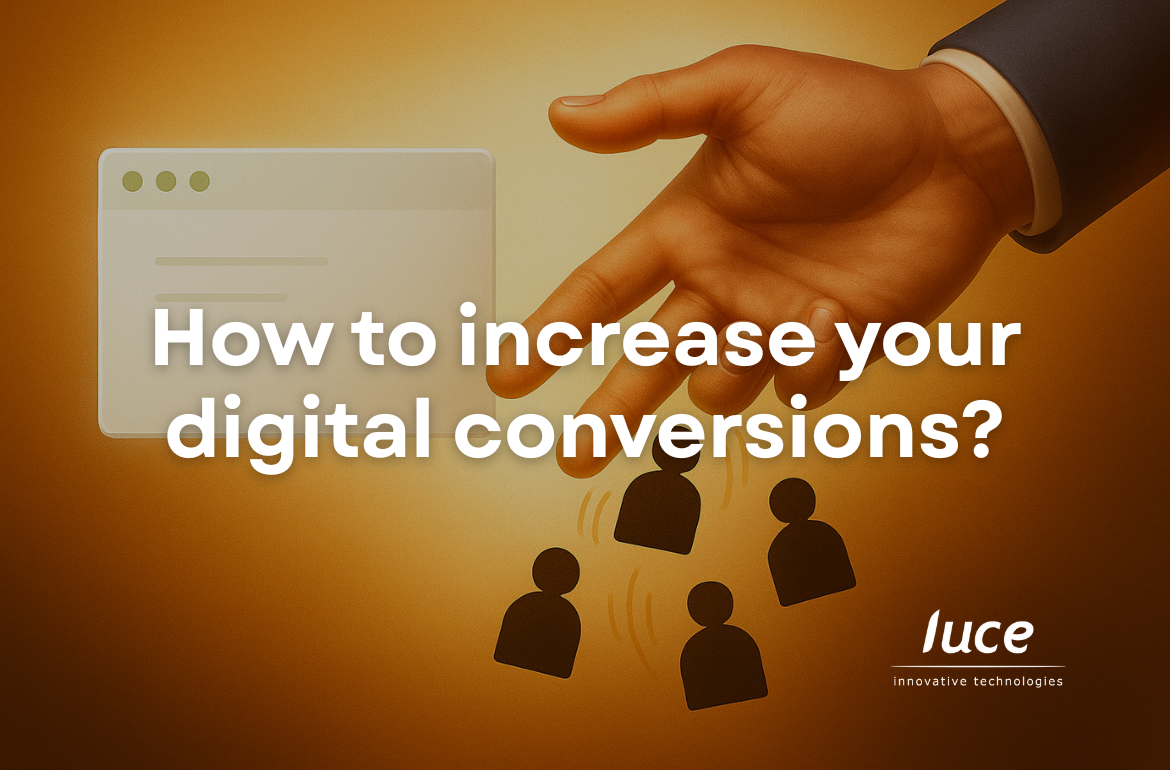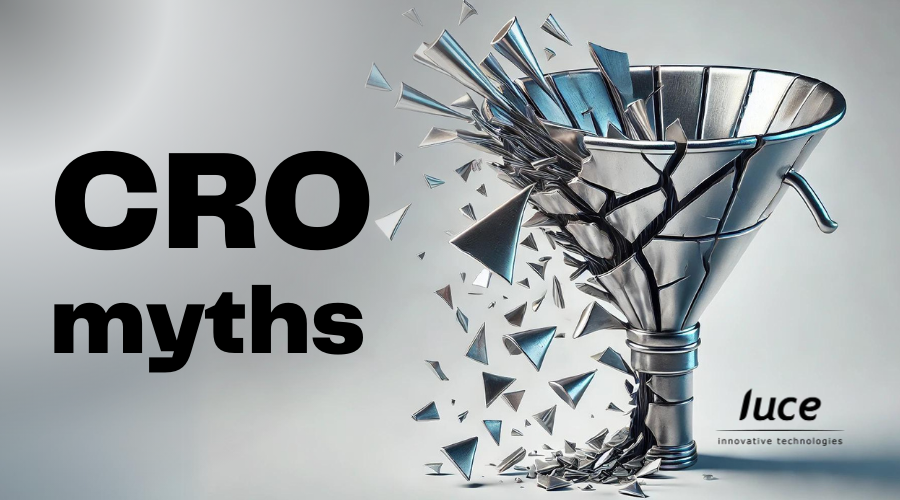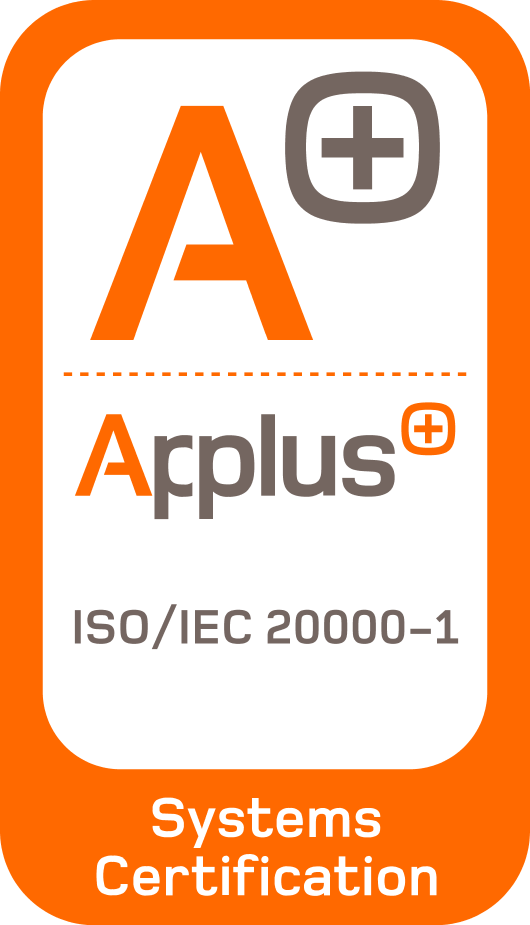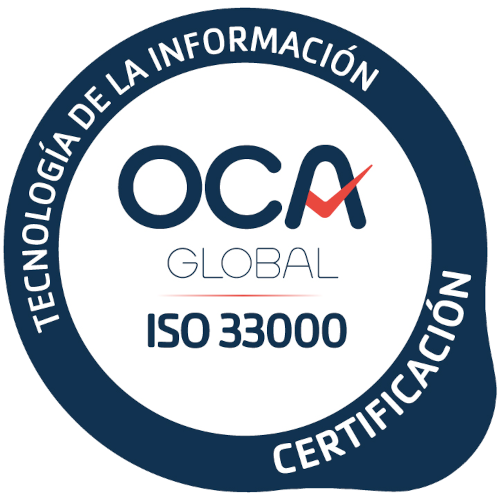
10 key metrics to increase your website conversions
The primary goal of any Conversion Rate Optimisation methodology is to maximise the number of users who convert on your website, such as making a purchase, registering or subscribing to a newsletter. To achieve this, you need to carefully measure and analyse a number of key metrics that reveal how users interact with your site and how effective it is at converting visits into conversions.
Here are the 10 essential metrics you need to measure to increase conversions.
Conversion rate
La tasa de conversión es la métrica principal en cualquier estrategia de CRO. Representa el porcentaje de usuarios que completan una acción específica, como una compra, una descarga o un formulario de registro, en relación con el número total de visitantes.
Cómo se mide:
Se calcula dividiendo el número de conversiones (acciones deseadas) entre el número de visitantes totales, multiplicado por 100.
Por qué es importante:
Una alta tasa de conversión indica que tu sitio web está bien optimizado para guiar a los visitantes hacia las acciones deseadas. Si es baja, es una señal clara de que debes ajustar elementos clave como el contenido, el diseño o los llamados a la acción (CTA).
2. Tasa de clics (CTR)
El CTR mide el porcentaje de usuarios que hacen clic en un enlace, anuncio o llamado a la acción en comparación con el número de impresiones que recibe. Es crucial para medir la efectividad de tus CTAs y la relevancia del contenido.
Cómo se mide:
Se obtiene dividiendo el número de clics entre el número de impresiones y multiplicándolo por 100.
Por qué es importante:
Un CTR alto significa que tu contenido o CTA es atractivo y está bien alineado con las necesidades de los usuarios. Si es bajo, puede ser necesario mejorar el texto, el diseño o la colocación de los enlaces.
3. Bounce Rate
The bounce rate indicates the percentage of visitors who leave your site after viewing only one page, without interacting with any other content.
How it is measured:
It is calculated by dividing the number of visits to a single page by the total number of visits.
Why it is important:
A high bounce rate may indicate that the content is not engaging enough or that the page does not meet the user’s expectations. It is a clear sign that you need to optimise your content or page structure to keep users engaged.
4. Time on page
Time on page measures how much time users spend on a specific page. This gives you an idea of the level of interest your content generates.
How it is measured:
It is calculated by tracking the time from when a user arrives on a page until they leave or navigate to another page.
Why it is important:
A high time on page suggests that users find the content useful and are engaged. If it is low, it is likely that the page is not capturing enough interest, which can negatively affect conversions.
5. Average order value (AOV)
AOV (Average Order Value) measures the average value of transactions on your website. It is crucial for e-commerce shops looking to maximise revenue per customer.
How it is measured:
It is obtained by dividing the total revenue generated by the number of orders placed.
Why it is important:
Ahigh AOV means that your users are spending more per transaction, which is an indicator that cross-selling or up-selling strategies are working well.
6. Cart abandonment rate
The cart abandonment rate reflects the percentage of users who add products to their shopping cart, but abandon the process before completing the purchase.
How it is measured:
It is calculated by dividing the number of abandoned carts by the total number of carts created.
Why it is important:
A high abandonment rate can be a sign that something in the checkout process is going wrong: hidden costs, problems with shipping or a complicated checkout process. Reducing this rate can significantly increase conversions.
7. Pages per session
This KPI measures the average number of pages a user visits during a session on your website. The more pages they view, the more likely they are to engage with the content and complete a conversion action.
How it is measured:
Dividing the total number of pages viewed by the number of sessions.
Why it is important:
A higher number of pages per session may indicate that users are browsing for more information or products, which may increase the likelihood of a conversion. A low number may indicate that they are not finding what they need.
8. Cost per conversion (CPC)
CPC measures how much it costs on average to generate a conversion in terms of ad spend.
How it is measured:
It is calculated by dividing the total ad spend by the number of conversions achieved.
Why it is important:
This metric is crucial to measure the efficiency of your ad campaigns. A high CPC can indicate that your ad strategy needs adjustment, while a low CPC shows that you are cost-effectively driving conversions.
9. Return on advertising investment (ROAS)
ROAS measures the revenue generated for each monetary unit invested in advertising. It is a direct indicator of the profitability of your marketing campaigns.
How it is measured:
Dividing the revenue generated by the campaign by the ad spend.
Why it is important:
A high ROAS indicates that your advertising spend is paying off. If it is low, you need to adjust your audience targeting, message or overall strategy.
10. Rate of new visitors vs. returning visitors
This metric compares the percentage of new visitors to those who return to your website. A good balance between the two can be key to growth and customer retention.
How it is measured:
It is obtained by comparing the number of new visitors versus repeat visitors in a given period.
Why it is important:
Having a high rate of new visitors is essential to attract new customers, but it is also important to retain repeat visitors, who are more likely to convert. Analysing this metric will help you adjust your acquisition and retention strategy.
Visualise and analyse better with a CRO dashboard
While it is essential to measure these 10 metrics to optimise conversions on your website, doing it manually can be complicated and inefficient.
That ‘s why a CRO dashboard becomes an essential tool. With a dashboard, you can visualise all these metrics in real time, get detailed reports and perform in-depth analysis to identify patterns and opportunities for improvement.
A dashboard not only centralises data, but also allows you to quickly adjust your CRO strategies based on accurate, up-to-date information. By monitoring all metrics in one place, you can make informed decisions in an agile way and maximise your conversions on an ongoing basis.
Luce IT, your trusted technology innovation company
The history of Luce is a story of challenges and nonconformity, always solving value challenges using technology and data to accelerate digital transformation in society through our clients.
We have a unique way of doing consulting and projects within a collegial environment creating “Flow” between learning, innovation and proactive project execution.
In Luce we are going to be the best offering multidisciplinary technological knowledge, through our chapters, generating value in each iteration with our clients, delivering quality and offering capacity and scalability so that they can grow with us.









